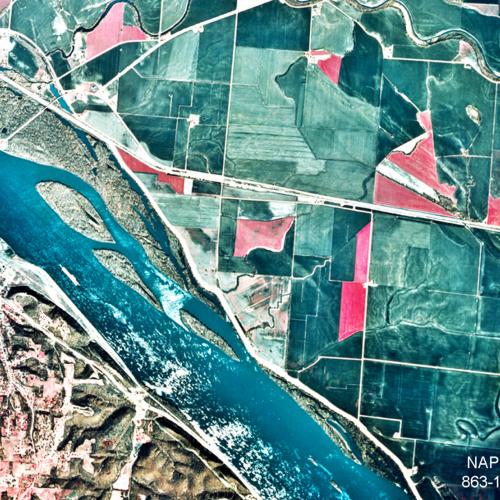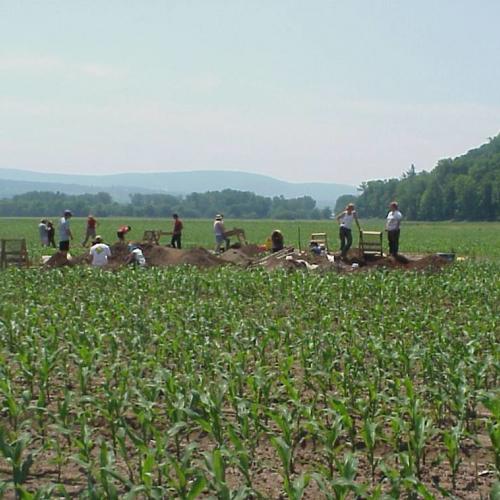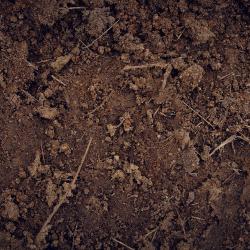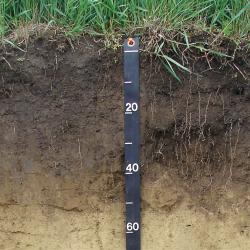1. All scientific specimens and collections, works of art, objects of historic interest and similar property appropriate to a general museum, if owned by the state and not placed in other custody by a specific law, shall constitute the collections of the state museum. The state museum shall be the custodian of the collections, shall perform standard curatorial, research and educational activities and a director appointed by the regents shall constitute its head.
2. Any scientific collection made by a member of the museum staff during his term of office shall, unless otherwise authorized by resolution of the regents, belong to the state and form a part of the state museum.
3. The state of New York, through its legislative authority accepts the provisions of section one hundred twenty of the federal-aid highway act of nineteen hundred fifty-six (70 Stat. 374) relating to the salvage of archaeological and paleontological objects, including ruins, sites, Indian burial grounds, buildings, artifacts, fossils or other objects of antiquity having national significance from an historical or scientific standpoint, and empowers and directs the commissioner of education to make agreements with appropriate state departments or agencies and such agency or agencies as the federal government may designate to carry out the purposes of such provision of law.
4. Except as otherwise provided in subdivision three of this section, no person shall appropriate, excavate, injure or destroy any object of archaeological and paleontological interest, situated on or under lands owned by the state of New York, without the written permission of the commissioner of education. A violation of this provision shall constitute a misdemeanor. The discovery of such objects shall be forthwith reported to the commissioner by the state department or agency having jurisdiction over such lands.
5. Permits for the examination, excavation or gathering of archaeological and paleontological objects upon the lands under their respective jurisdictions may be granted by the heads of state departments or other state agencies to persons authorized by the commissioner of education for the purposes of the state museum and state science service, with a view to the preservation of any such objects worthy of permanent preservation and, in all cases, to the acquisition and dissemination of knowledge relating thereto.
L.1947, c. 820; amended L.1958, c. 121, eff. March 6, 1958.
23 U.S.C.A. § 170.
Educational Regulations Part 180
Section 180.1 Loan of Material.
Scientific specimens and collections may be loaned to scientific institutions, museums, libraries or other responsible organizations or to qualified scientists engaged in research, upon terms and conditions to be set forth in an agreement between the department acting through the Assistant Commissioner of State Museum and Science Service and the organization or individual requesting the loan.
180.2 Archeological and paleontological permits.
(a) Permits valid for a period not exceeding one year for the examination or gathering of paleontological objects on specified lands for specified periods may be issued by the Assistant Commissioner for State Museum and Science Service to the appropriate department of recognized universities, research institutions, government surveys, colleges and museums.
(b) Permits valid for a period not exceeding one year for examination, excavation or gathering of paleontological objects issued to the foregoing named institutions shall be valid for use by authorized staff and members of the faculty, student assistants and graduate students of such institutions.
(c) Permits vaid for a period not exceeding one year for examination, excavation or gathering of archeological objects on specified lands for specified periods may be issued by the Assistant Commissioner for State Museum and Science Service to qualfiied individual members of the staffs of recognized universities, research institutions, colleges or museums and shall be valid only for use by the individuals to whom they are issued.
(d) Permits valid for a period not exceeding one year may also be granted to individuals not affiliated with the above institutions but who are professionally competent in the opinion of the Assistant Commissioner for State Museum and Science Service.
(e) Permits valid for a period not exceeding one year may also be granted to individuals for the examination, excavation and collection of marine fossils on specified lands for specified periods.
(f) Discoveries in the follwoing categories shall be reported to the State Museum: evidence of human remains, bones, burials, pottery, village sites, buildings, and large masses of fossil plants and fossil reefs. All other marine fossils are unrestricted and may be collected by holders of permits without first reporting to the State Museum.
(g) Permits issued under the provisions of this Part may be revoked at any time.
Educational Regulations Part 181
Archives and History
Stautory authority: Education Law Section 207
Section 181.1 Loan of Material.
Historical objects and collections, paintings, and other art forms may be loaned to educational institutions, historical societies, museums, libraries or other responsible organizations for study and exhibition, upon terms and conditions to be set forth in an agreement between the department acting through the State Historian and the organization or individual requesting the loan.
181.2 Permits for survey and retrieval of objects of historical interest.
(a) Permits, valid for a period not exceeding one year, to survey and retreive objects of historical interest situated on or under State property, may be issued to qualified public agencies, historical societies, museums, other educational institutions and individuals.
(b) Discovery and retrieval of objects of historical interest on State property shall be reported to the Commissioner of Education.
(c) Permits issued under the provisions of this Part may be revoked at any time.








